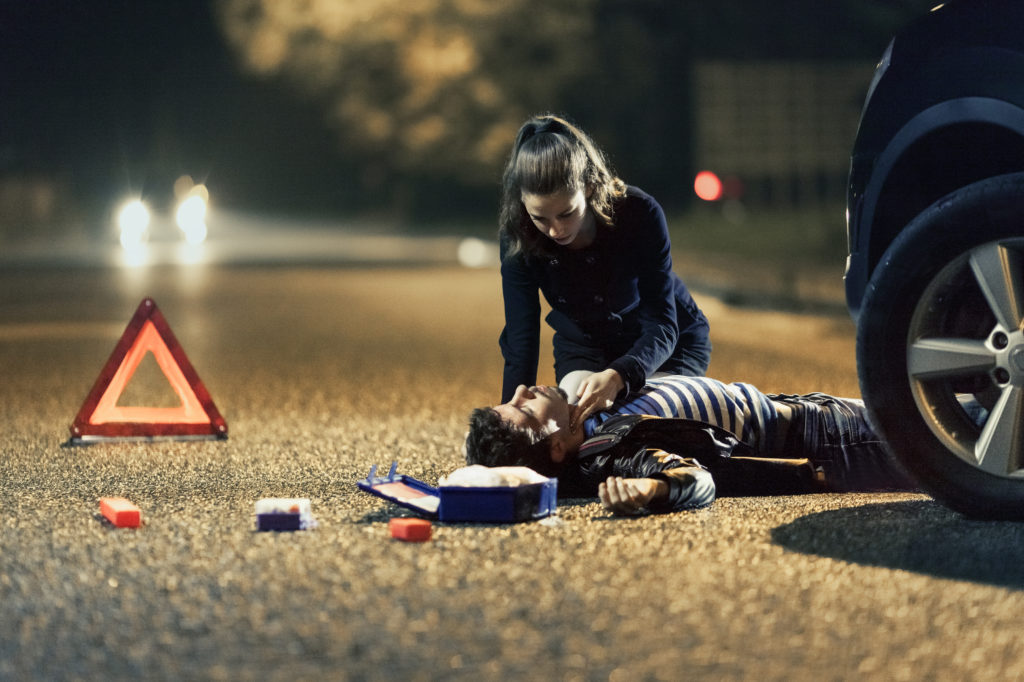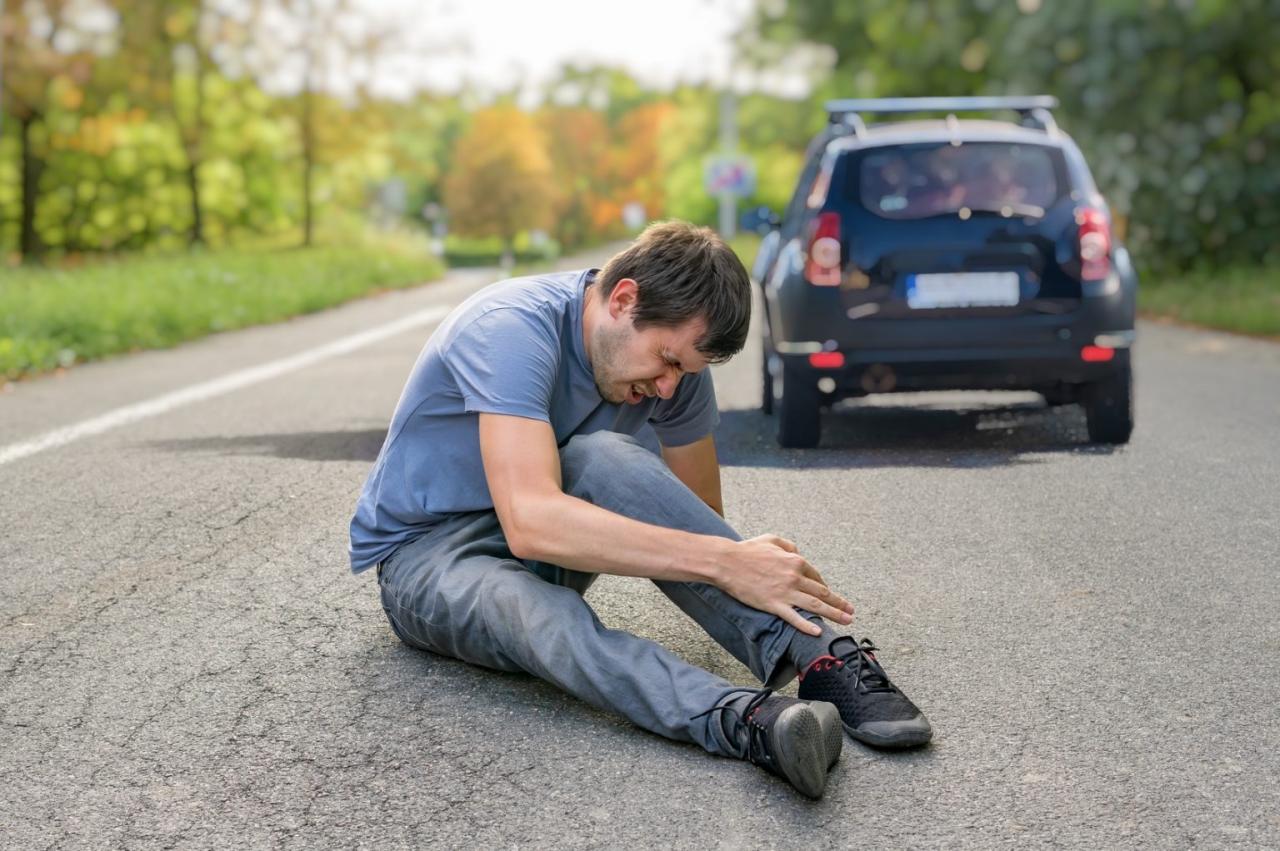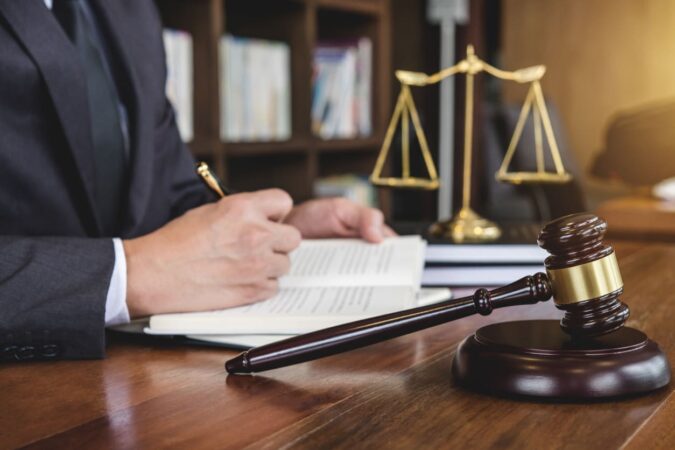
Legal Grounds for Pedestrian Accident Cases

Pedestrian accident cases are grounded in the legal principles of negligence and liability. Negligence refers to the failure of a party to exercise reasonable care, resulting in harm to another person. In pedestrian accident cases, negligence often arises from the actions of drivers who fail to yield to pedestrians, obey traffic laws, or maintain proper control of their vehicles.
Liability
Liability in pedestrian accident cases is determined by proving that the driver’s negligence directly caused the accident and subsequent injuries. This requires establishing that the driver owed a duty of care to the pedestrian, breached that duty, and that the breach caused the pedestrian’s injuries. Drivers are typically held liable for accidents involving pedestrians when they:
- Fail to yield to pedestrians at intersections or crosswalks
- Drive while intoxicated or under the influence of drugs
- Exceed the speed limit or drive recklessly
- Fail to maintain a proper lookout for pedestrians
- Distracted driving, such as texting or using a cell phone
Comparative Negligence
In some jurisdictions, the concept of comparative negligence may apply to pedestrian accident cases. Comparative negligence allows the court to apportion fault between the parties involved in an accident. If a pedestrian is found to be partially at fault for the accident, their damages may be reduced by the percentage of their fault.
Damages and Compensation in Pedestrian Accident Cases
Pedestrians injured in accidents are entitled to seek compensation for the damages they have suffered. These damages can be divided into two main categories: economic and non-economic.
Economic Damages
Economic damages are those that have a monetary value, such as medical expenses, lost wages, and property damage. Medical expenses include the costs of hospitalization, surgery, rehabilitation, and medication. Lost wages are the income that the injured person would have earned if they had not been injured. Property damage includes the cost of repairing or replacing damaged clothing, glasses, or other personal belongings.
Non-Economic Damages
Non-economic damages are those that do not have a monetary value, such as pain and suffering, emotional distress, and loss of enjoyment of life. Pain and suffering refers to the physical and mental pain that the injured person has experienced as a result of the accident. Emotional distress refers to the anxiety, depression, and other psychological problems that the injured person has experienced as a result of the accident. Loss of enjoyment of life refers to the inability of the injured person to participate in activities that they used to enjoy prior to the accident.
Calculating Damages
The amount of damages that an injured pedestrian is entitled to recover will vary depending on the severity of their injuries and the specific circumstances of the accident. In general, however, the following factors will be considered when calculating damages:
* The nature and extent of the injuries
* The medical expenses incurred
* The lost wages suffered
* The pain and suffering experienced
* The emotional distress suffered
* The loss of enjoyment of life suffered
Insurance Coverage
In most cases, the driver who caused the accident will be liable for the damages suffered by the injured pedestrian. The driver’s insurance company will typically be responsible for paying these damages. However, there are some cases in which the pedestrian may be partially or even fully at fault for the accident. In these cases, the pedestrian’s own insurance company may be responsible for paying some or all of the damages.
Selecting a Pedestrian Accident Lawyer
Pedestrian accidents can result in severe injuries and complex legal issues. Choosing the right lawyer is crucial for maximizing your compensation and protecting your rights.
When selecting a pedestrian accident lawyer, consider the following factors:
Experience and Reputation
Experience in handling pedestrian accident cases is essential. Look for lawyers who have a proven track record of success in obtaining favorable outcomes for clients. Check online reviews and consult with local bar associations for recommendations.
Fees
Discuss fees upfront to avoid surprises. Some lawyers work on a contingency basis, meaning they only get paid if they win your case. Others charge an hourly rate. Choose a lawyer whose fees are reasonable and align with your financial situation.
Tips for Evaluating Potential Lawyers
* Schedule consultations with multiple lawyers.
* Ask about their experience, success rates, and fee structure.
* Inquire about their communication style and availability.
* Trust your instincts and choose a lawyer who you feel comfortable working with.
By carefully selecting a qualified pedestrian accident lawyer, you can increase your chances of obtaining the compensation and justice you deserve.
Building a Strong Pedestrian Accident Case

Pedestrian accident cases often rely heavily on evidence to establish liability and determine compensation. Gathering and preserving evidence promptly is crucial for building a strong case.
Witness Statements
Witness statements provide firsthand accounts of the accident and can corroborate the victim’s version of events. Obtain statements from witnesses who saw the accident or its aftermath, including bystanders, drivers, and passengers. Their observations can help reconstruct the scene and determine fault.
Medical Records
Medical records document the victim’s injuries, treatment, and prognosis. These records are essential for proving the extent of damages and establishing the need for ongoing medical care. Collect all relevant medical records, including hospital reports, doctor’s notes, and prescription information.
Accident Reports
Police accident reports provide an official record of the accident, including details such as the location, time, and weather conditions. These reports may also contain witness statements and diagrams of the accident scene. Obtain a copy of the police report as soon as possible.
Negotiating and Settling Pedestrian Accident Cases

Negotiating with insurance companies is an essential aspect of pedestrian accident cases. Insurance companies have their own interests in mind, so it’s important to understand the process and your rights.
When negotiating with insurance companies, it’s crucial to have a clear understanding of the value of your case. This includes the extent of your injuries, lost wages, and pain and suffering. It’s also important to be prepared to support your claims with evidence, such as medical records and witness statements.
Advantages and Disadvantages of Settling
There are both advantages and disadvantages to settling pedestrian accident cases. On the one hand, settling can provide a quick and efficient resolution to the case. It can also save you the time and expense of going to trial. On the other hand, settling may not provide you with the full amount of compensation you deserve. It’s important to weigh the pros and cons carefully before making a decision.
Evaluating Settlement Offers
If you receive a settlement offer from an insurance company, it’s important to evaluate it carefully. Consider the following factors:
* The extent of your injuries
* The amount of your lost wages
* The pain and suffering you have experienced
* The likelihood of success at trial
* The cost of going to trial
It’s also important to consider the long-term impact of the settlement. If you accept a settlement, you will likely be giving up your right to sue for any future damages related to the accident.
Going to Trial in Pedestrian Accident Cases
Filing a lawsuit is the first step in going to trial. The complaint, which Artikels the plaintiff’s claims against the defendant, is submitted to the court. The defendant then has the opportunity to respond to the complaint and present their defense. If the parties are unable to reach a settlement, the case will proceed to trial.
At trial, a jury is selected to hear the evidence and decide the case. The jury is responsible for determining whether the defendant is liable for the plaintiff’s injuries and, if so, the amount of damages to be awarded. The judge presides over the trial and ensures that the rules of evidence are followed.
Going to trial can be a risky and expensive proposition. However, it may be the only way to obtain a fair settlement for your injuries. If you are considering going to trial, it is important to consult with an experienced pedestrian accident lawyer.
Benefits of Going to Trial
There are several potential benefits to going to trial, including:
- You may be able to obtain a higher settlement than you would be able to negotiate out of court.
- You will have the opportunity to present your case to a jury and have them decide the outcome.
- You will have the opportunity to cross-examine the defendant’s witnesses and present your own evidence.
Risks of Going to Trial
There are also several potential risks associated with going to trial, including:
- You may not win your case and could be responsible for the defendant’s costs.
- The trial process can be long and stressful.
- The outcome of the trial is uncertain.
The decision of whether or not to go to trial is a personal one. It is important to weigh the potential benefits and risks before making a decision.





